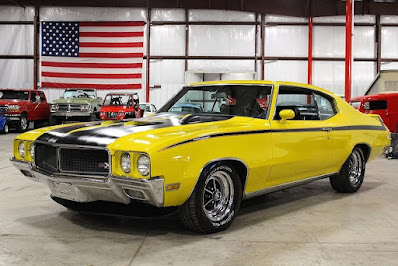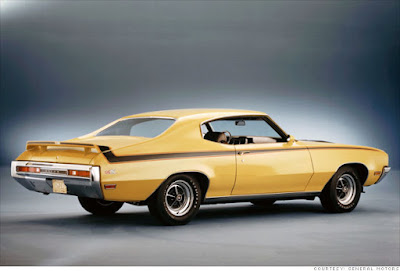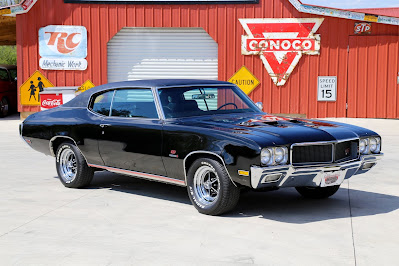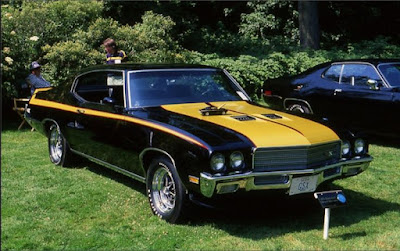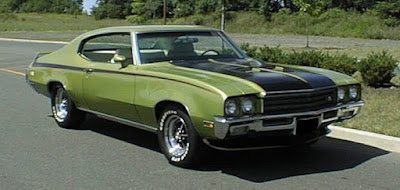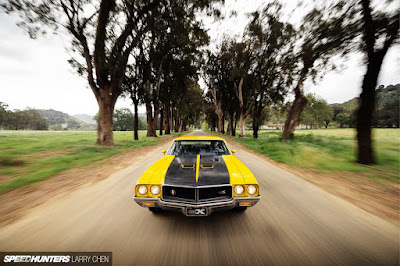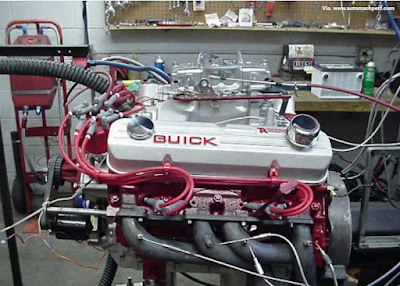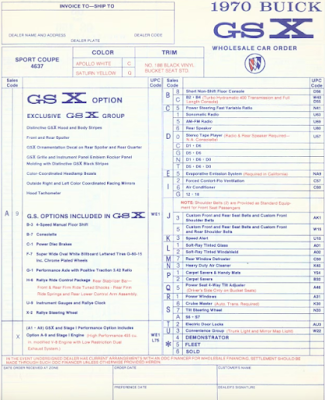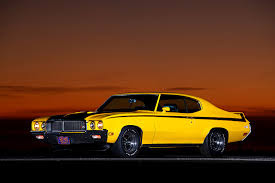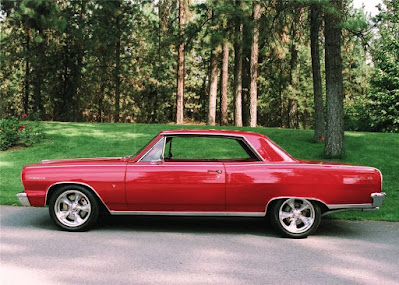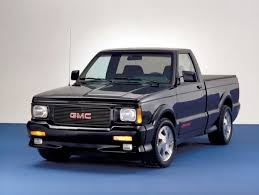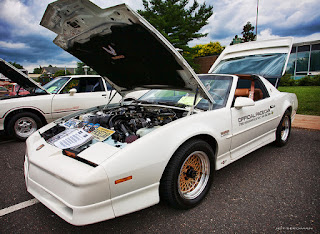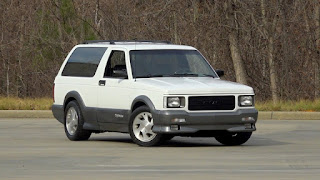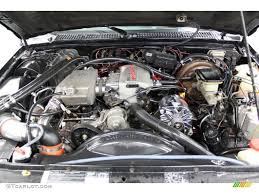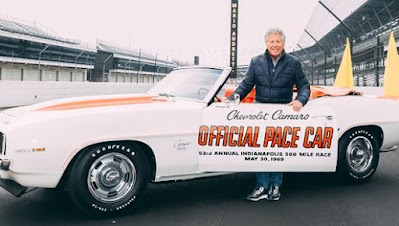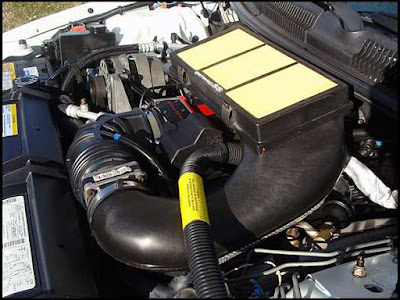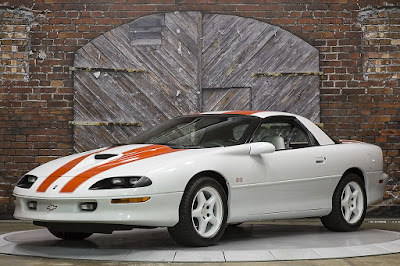All the muscle cars from this era were fun, but they were being produced on borrowed time. When the full weight of stricter emissions standards was implicated, the muscle car industry and its success in pleasing gearheads were over.
10. The GS455 Stage 1 Didn't Draw Enough Attention
Although the Buick GS Stage 1 shared the same A-body structure as the GTO Judge, Chevelle SS, and the Oldsmobile 422, Buick just couldn't get their sales up because they couldn't shake the stigma of being a car that your grandmother would drive. So mid-way through the production year of 1970, Buick came out with the stout, sporty-looking Buick GSX.
It may not seem like it because there is an abundance of GSXs out there, but many of them are clones. If you go to the GS Nationals in Kentucky, it’ll seem like there are way more than just the numbers that are shown to be produced. But thanks to companies like T/A Performance from Arizona—people have the opportunity to own an almost identical GSX without paying the price of a low-mileage real GSX.
8. Autmoblies to "To Light Your Fire" Buick's Slogan
Depending on who you ask, either the Buick slogan campaign helped both Buick and the Doors or it helped Buick and hurt the Doors. The Slogan comes from a famous Doors song, “Come on, Baby, Light My Fire.” GM paid the touring band $75,000 for the use of the words in print, radio, and TV ads.
7. Underrated Horsepower And Torque Rating
Although the 1970 Buick GSX was named the quickest, the 1971 and ‘72 GSXs fell victim to the emission laws and received lower compression V8 engines. In fact, you were even able to order up your GSX with a 350, 400, or a 430 cu.-in motor, unlike in 1970 when a 455 cu.-in. engine was your only option. You still got the sporty look, but the power the Buick had was starting to take a huge hit. The only good thing for Buick was that everyone else in the industry had to follow the same emission rules and regulations, making your typical car guy very sad.
To add to the performance of the GSX, Buick made sure that the suspension could handle the power. A front anti-roll bar was included, along with stronger shocks and rear lower control arms. All the suspension bushings were upgraded to stiffer high-performing bushing. Also included was a quick-ratio steering gearbox to give the driver a better road feel.
Finding the build sheet for a GSX is a big deal. What the build sheet says will give you an idea of how much you should be paying for a particular vehicle. Even if a true GSX is a little beat up, paying big bucks for one isn't uncommon and could still be very well worth the money. But if you pay big bucks for a GSX, and it’s really just a Skylark in disguise, you can lose big money.
There were some other features that you would get with the GSX that you wouldn’t get with lower-trim level Buicks. Color-matching mirrors and headlight bezels added to the colorful look of the GSX. The rear spoiler was an option on some GS Buick 455s but with the GSX package, it was standard.
Other features were a standard heavy-duty cooling system, the option of a close-ratio four-speed or three-speed manual, or a TH400 automatic transmission. For the rear gear ratio, if you order a Stage 1 package, you would get bumped up to a positraction 3.64:1 axle that would help you burn the tires and create smoky hole shots whenever you wanted to.
